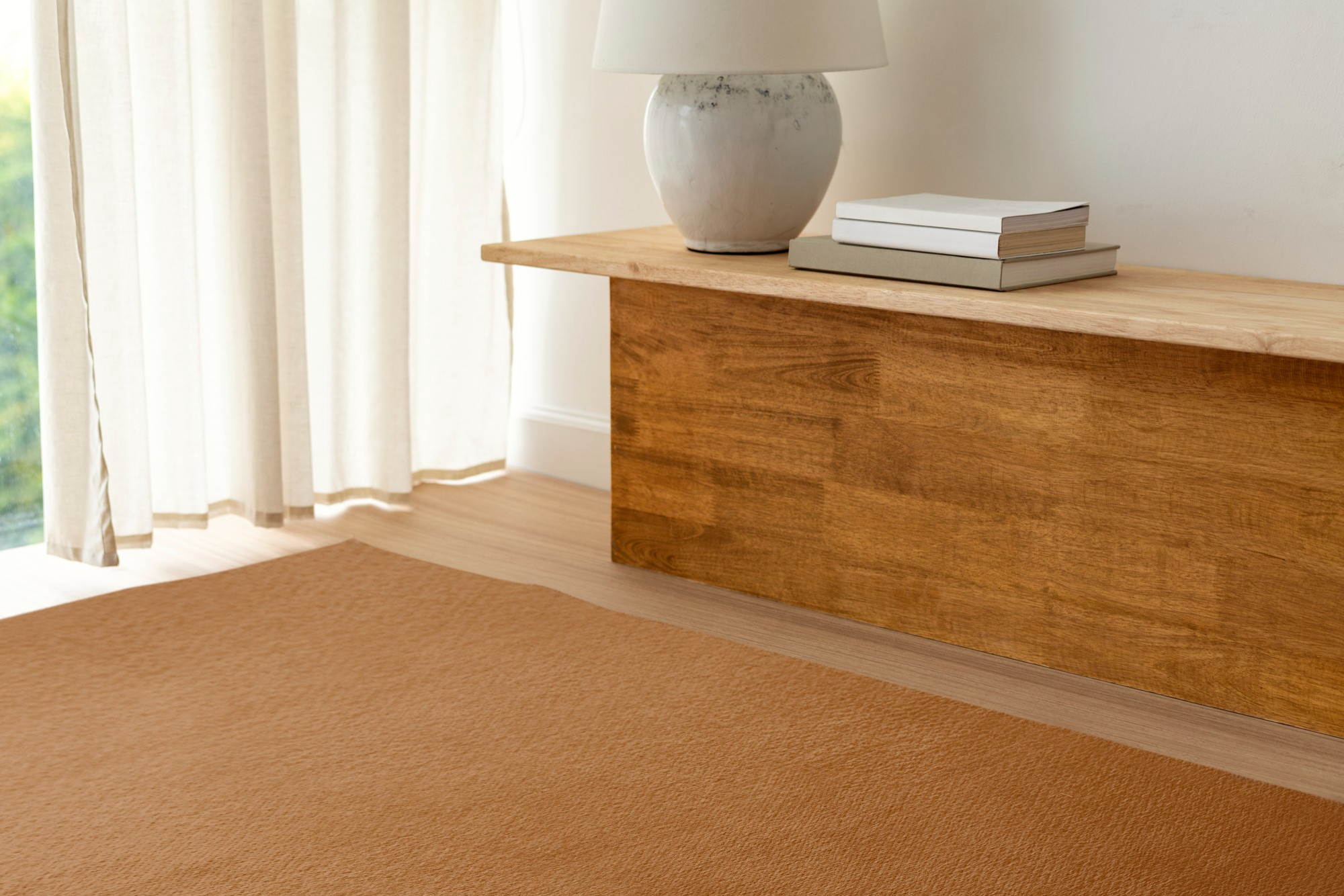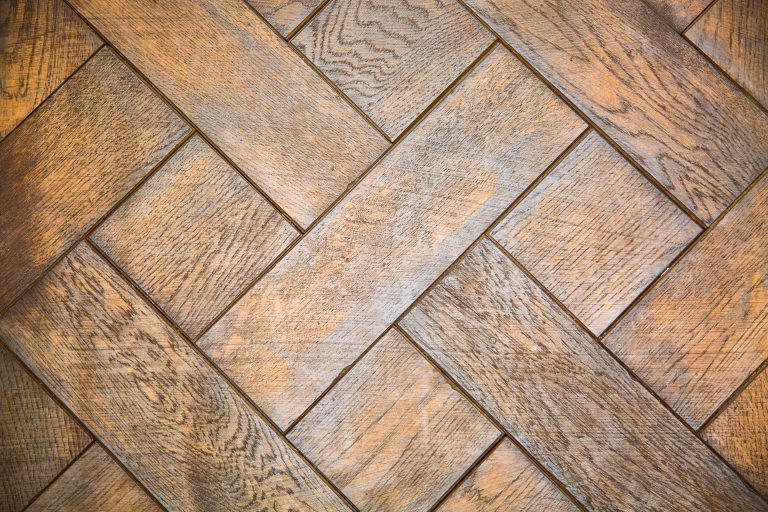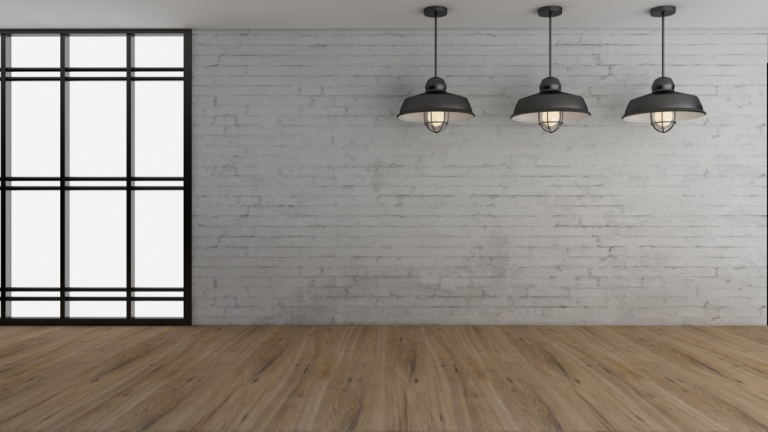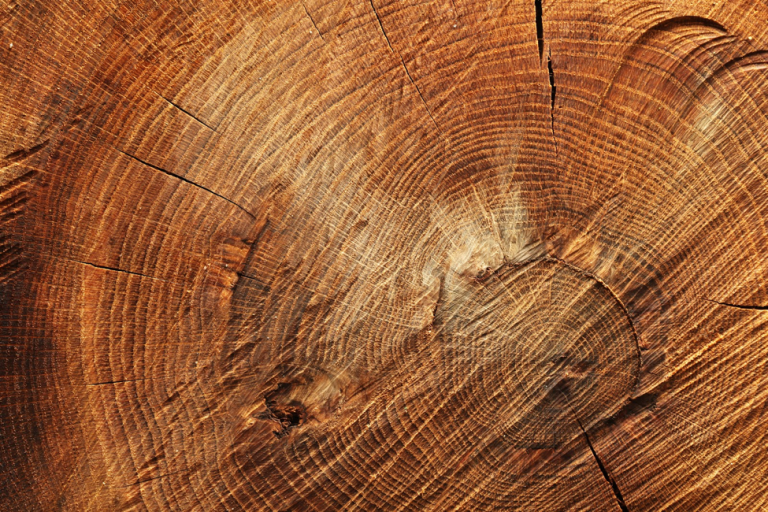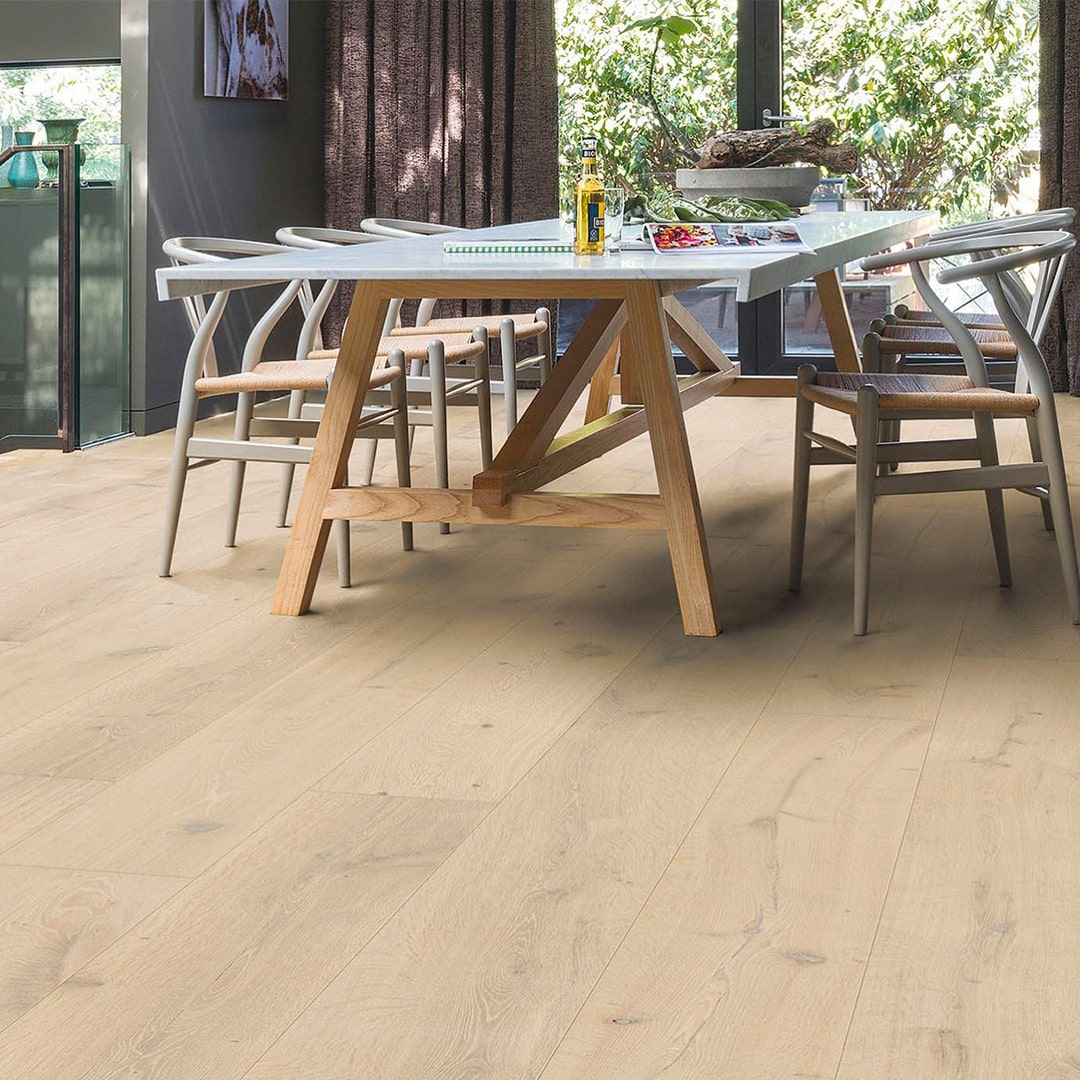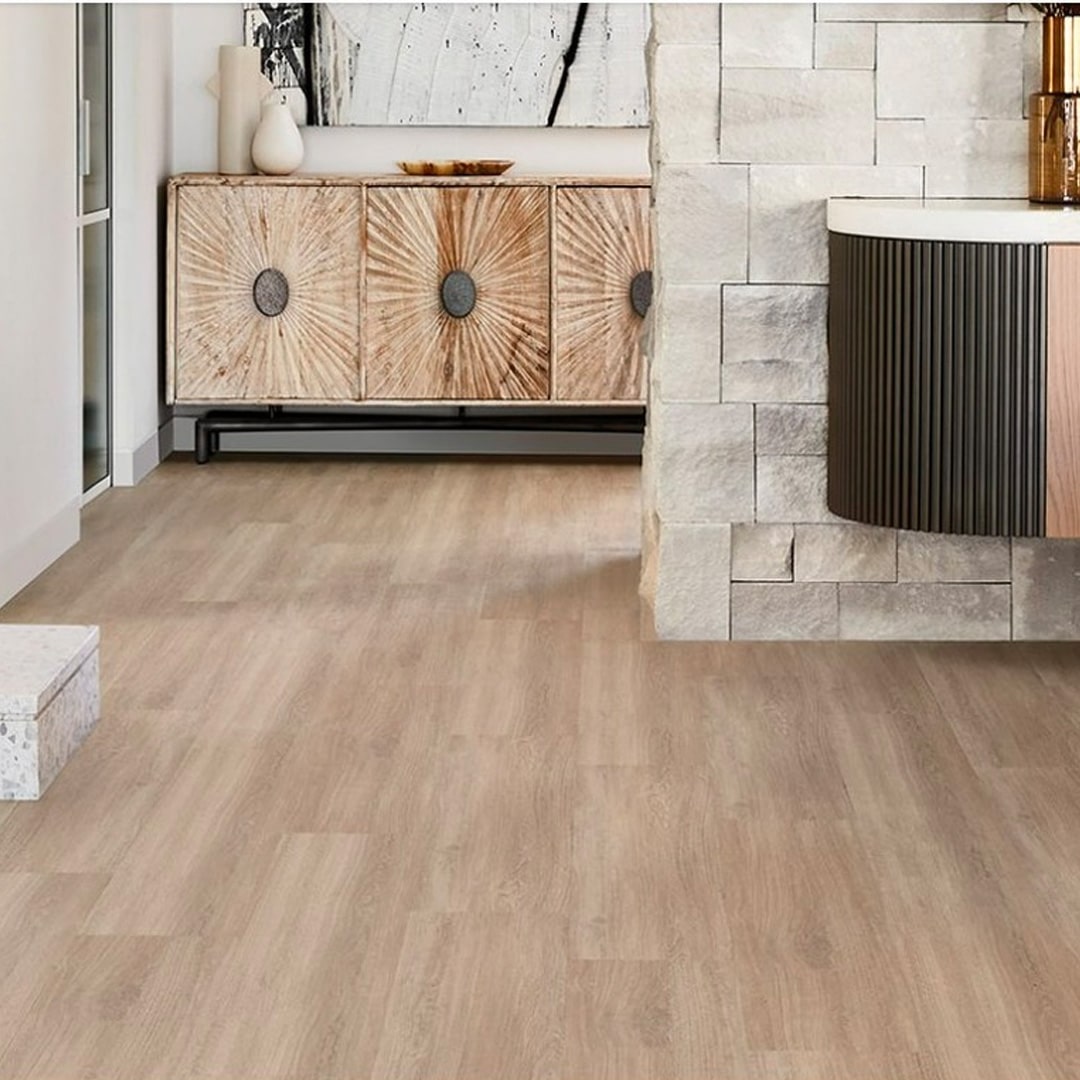Carpet Types Compared
Did you know that there are different types of carpet you can compare and use in your home? Carpet fibre is the material that makes up the strands of your carpet. Each fibre comes with a set of characteristics that include weaknesses and strengths. In order to be sure that you pick out the best carpet for your needs, you have to understand the different traits.
Natural Fibres
Natural fibres come from materials that you can find growing in nature that manufactures harvest and process. Wool is one of the most common natural fibres the carpeting industry uses, and it’s one of the only natural fibres found in wall to wall carpet applications. Area rugs use more types of natural fibres including jute, cotton, sisal, seagrass, coir and silk. These fibres aren’t strong enough to go in wall to wall (broadloom) carpeting.
Synthetic Fibres
Synthetic materials are man-made. Machines make them using various chemical compounds. Synthetics make up a large amount of the carpet fibre that you find sold on the market today. Four main types of synthetic materials include polyester, nylon, triexta and polypropylene. Triexta is the newest synthetic fibre and it’s already built up a reputation for being a durable option.
Differences Between Natural and Synthetic Carpet Fibres
Each type of fibre comes with different traits, but you can compare some characteristics of the two categories to get an idea on which one would work best for you.
1. Eco-Friendliness
- In general, natural fibres are more eco-friendly than synthetic fibres because they come from sustainable resources. Synthetic carpet fibres can and will release VOCs (volatile organic compounds). These are gasses that can bring your air quality down. Natural fibres don’t emit VOCs unless the fibre attaches to a synthetic backing.
2. Durability
- Durability is a grey area and it’s hard to make a definitive comparison between the two fibre types. For example, if you have wool, it’s very resistant to traffic. With synthetic fibre, nylon is also very resistant to traffic. In fact, it’s one of the most durable carpet fibres available on the current market.
3. Resistant to Stains
- Synthetic fibres are usually easier to clean and maintain, and they’re also more resistant to stains than natural fibres. Wool has microscopic scales covering the fibres that act as a protective barrier, but it makes it almost impossible to get stains out once the stain makes it past that layer. You can clean synthetic carpet fibres with spot treatments and steam extraction while natural fibres require special products and professional cleaning.
4. Practicality
- Many people find that synthetic fibre is a lot more practical to have than natural fibre based on the durability and stain-resistance. For people who simply don’t have the time to devote to cleaning their carpet on a routine basis, synthetic carpeting wins over natural carpeting because it’s low maintenance.
5. Price
- Generally speaking, carpets with natural fibres are slightly more expensive to buy than carpets with synthetic fibres. If you price it out per square metre, or if you want to price out an area rug of a specific size, you’ll find that natural fibres have a higher cost associated with them. Natural fibres usually cost more to maintain, as well.
Which Carpet Type Is Better?
It all depends on your budget and how much time you have to devote to keeping your carpet looking like new. For the most part, synthetic carpet is the better option when you compare it to natural carpeting. You want to really think about this choice because your carpet should be an investment that lasts for years.

